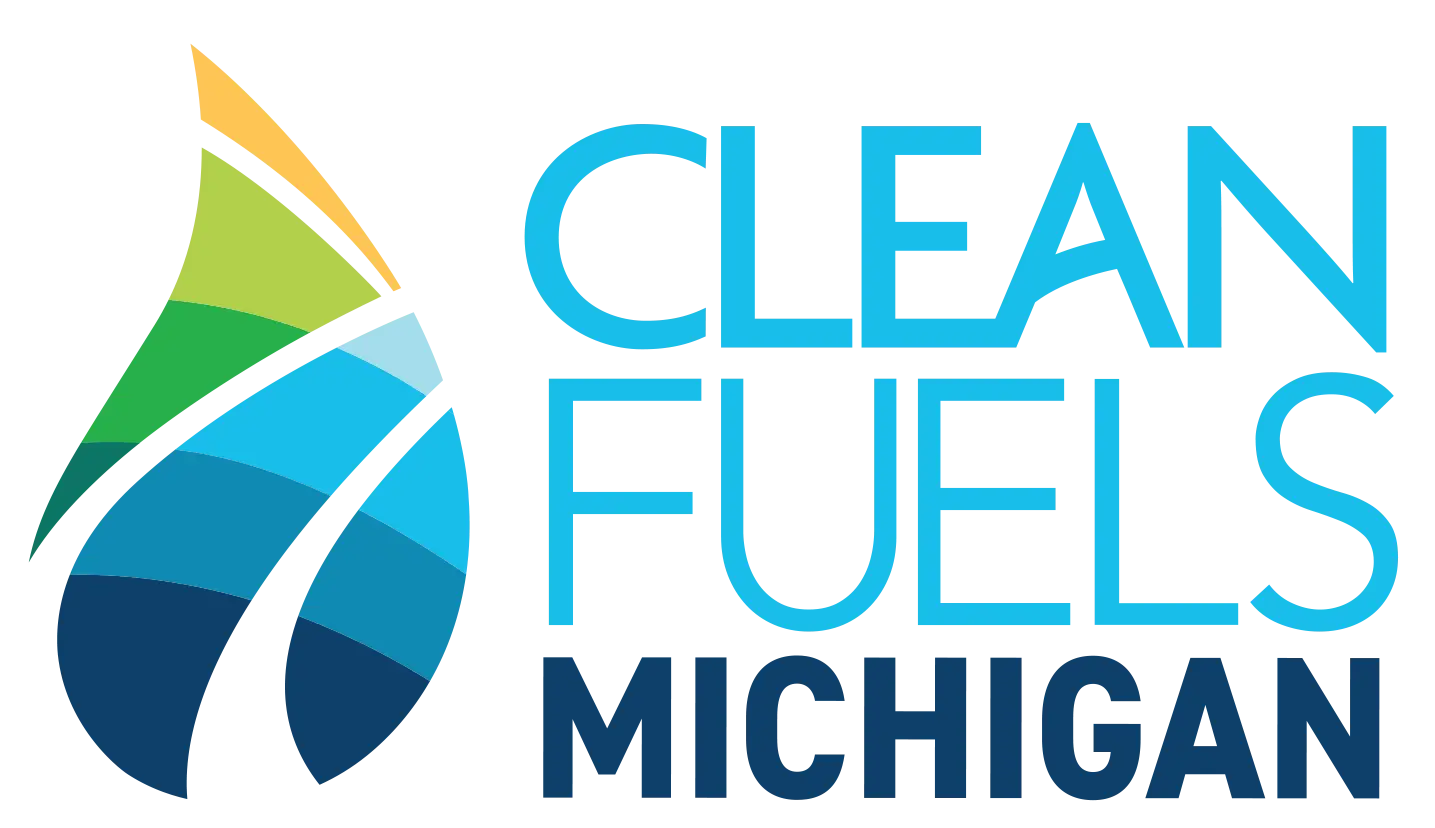Today, Michigan Governor Gretchen Whitmer issued an Executive Directive guiding state agencies to prepare for funding from the federal Infrastructure Investment and Jobs Act, also called the Bipartisan Infrastructure Plan. In an earlier blog, we wrote about the billions of dollars Michigan can expect to receive for clean transportation projects, including $7.5 billion for electric vehicle charging stations, $5 billion for low- and zero-emission buses, and more.
Given the myriad of State Agencies and private partners that collaborate on advanced transportation projects, preparation is critical to ensure the efficient use of funds once they become available. As the directive states, maximizing federal dollars will require “leveraging the power of the Big Three and utilities, the innovative technology of software companies, the genius of our research universities, and the craftsmanship and grit of our labor unions.” Preparing for the flow of federal money will be critical for ensuring this historic opportunity is leveraged to its highest potential to create jobs for hardworking Michiganders, invest in critical infrastructure, and maintain Michigan’s position as a leader in the advanced automotive industry.
The directive touts many of Clean Fuels Michigan’s goals, including positioning Michigan as a national leader in clean fuels and investing in Michigan jobs. The directive states that “Michigan is a global leader in mobility and electrification, positioning our state to become an electric vehicle powerhouse over the next decade.”
Deploying electric vehicle infrastructure, helping the State meet clean energy goals, and assisting fleets to transition to clean fuels are cited as goals for Michigan’s spending of federal funds. Also included in the directive is a request to “aggressively pursue” additional discretionary federal grants available by working with partners and the government.
Agencies referenced in the directive include the Department of Environment, Great Lakes, and Energy, Department of Insurance and Financial Services, Department of Labor and Economic Opportunity, Department of State Police, Department of Transportation, Department of Treasury, and the Public Service Commission.
